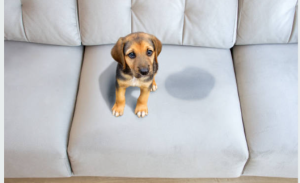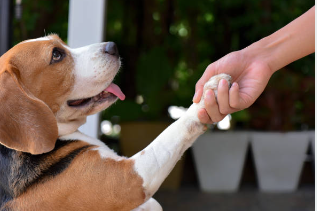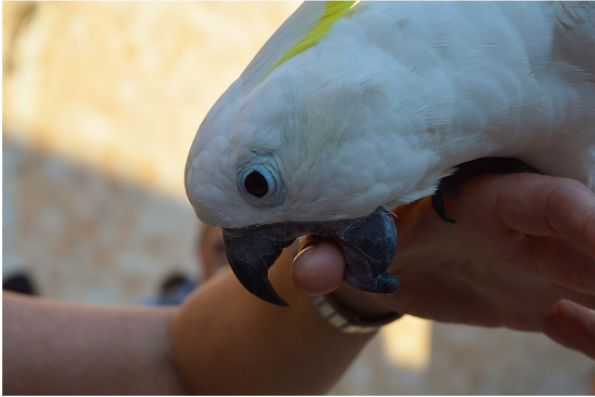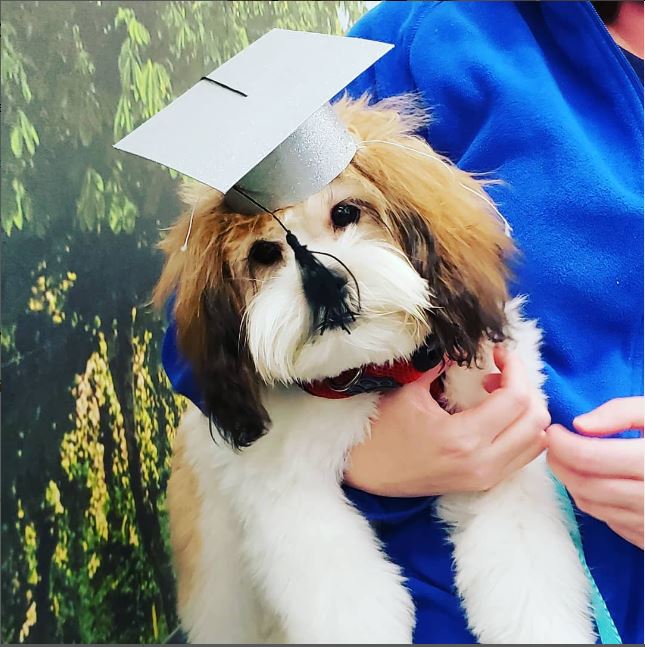How to Train your Dog to Stop Peeing in the House
Housebreaking a dog is one of the most important things you can do as a new pet owner. It is also one of the most challenging. Dogs are naturally clean animals, but they need to be taught where it is appropriate to go to the bathroom.
If your dog is peeing in the house, there are a few things you can do to help them learn to stop. The most important thing is to be patient and consistent. With time and effort, your dog will eventually learn to go to the bathroom outside.
Here are some tips on how to train your dog to stop peeing in the house:
Identify the cause The first step is to try to figure out why your dog is peeing in the house. There are several possible reasons, including:
- Medical problems: Some medical conditions, such as urinary tract infections and kidney problems, can cause dogs to urinate more frequently. If you are unsure whether your dog has a medical problem, it is essential to take them to the vet for a checkup.
- Anxiety: Anxiety can also cause dogs to pee in the house. If your dog is peeing in the house when you are away or when there is a lot of activity, it may be a sign that they are feeling anxious.
- Boredom: Bored or under-stimulated dogs may also pee in the house. Make sure your dog is getting enough exercise and mental stimulation.
- Submissive urination: Some dogs may pee in the house as a submissive gesture. This is especially common in puppies and young dogs.
- Marking territory: Male dogs may pee in the house to mark their territory. This is more common in unneutered dogs.

Once you have identified the cause of your dog’s peeing problem, you can start to address it.
- Establish a routine
Dogs are creatures of habit, so it is essential to establish a regular feeding and potty schedule. Take your dog outside to go to the bathroom first thing in the morning, after meals, and before bed. You may also need to take them out more frequently if they are a puppy or a small dog.
- Use positive reinforcement
When your dog goes to the bathroom outside, be sure to praise them and give them a treat. This will help them learn that going to the bathroom outside is good. If your dog pees in the house, do not punish them. This will only make them more anxious and more likely to pee in the house in the future.
- Clean up accidents thoroughly.
When your dog pees in the house, cleaning up the accident thoroughly is essential. This will help prevent your dog from being able to smell their urine and peeing in the same spot again. Use an enzyme cleaner to remove any stains or odors.
- Be patient and consistent.
It takes time for dogs to learn to go to the bathroom outside. Be patient and consistent with your training; your dog will eventually learn. If you have trouble housebreaking your dog, consider hiring a professional dog trainer.
Here are some additional tips that may help:
- Confine your dog when you are not home. This will help prevent them from having accidents in the house. You can confine them in a crate, a pen, or a small room.
- Use a belly band or diaper. This can help prevent your dog from leaving blood spots around the house if they are in heat.
- Take your dog for frequent walks. This will help them burn off excess energy and reduce the need to go to the bathroom in the house.
- Be patient and understanding. Housebreaking can be frustrating, but it is essential to remember that your dog is still learning.
If you have trouble housebreaking your dog, please consult your veterinarian. They can help you rule out any medical problems and offer additional training advice.


